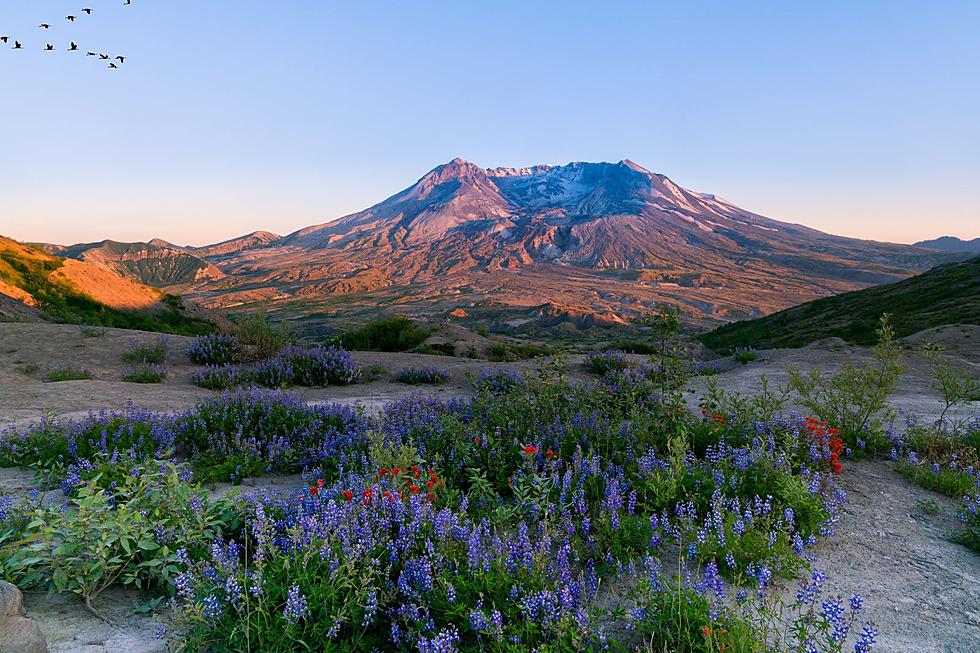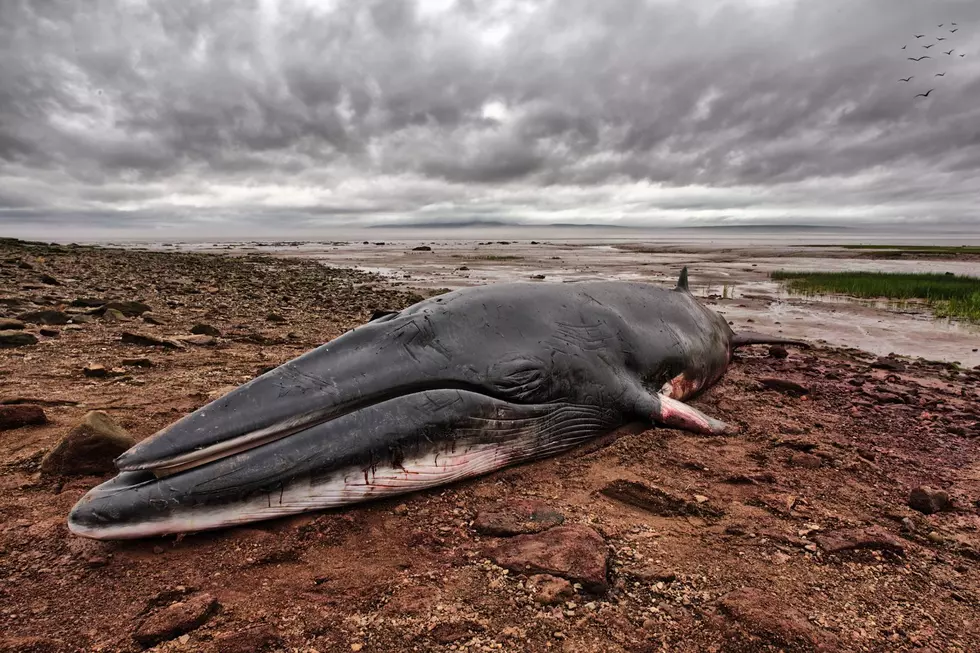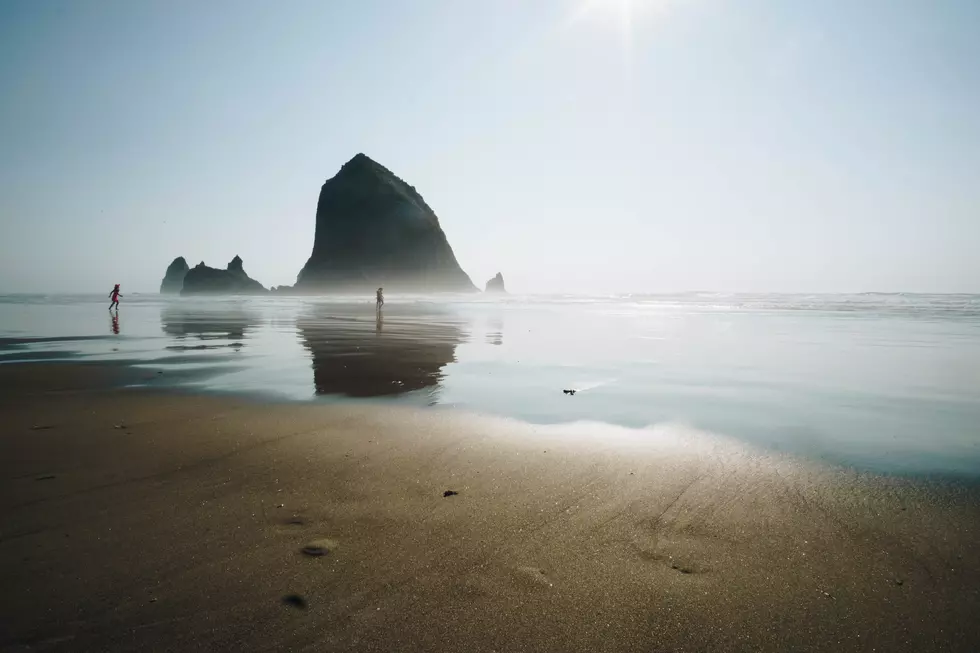
2022 Saw Earthquakes Swarming off the Oregon Coast. Here’s what to know.
In 2022, more than a dozen earthquakes struck off of the Oregon coast. Most of these swarms of earthquakes occurred in the same region, the Blanco fracture zone. The largest of those quakes measured over 6 on the Richter scale. This week, another quake hit off the coast, albeit further south than the majority of quakes last year. This one, just 2.9 in magnitude, was west of the Pistol Creek, Oregon region.
With the seeming up-tick in the frequency of those earthquakes, I reached out to Joam Goldberg with the US Geological Survey to see what their thoughts were concerning the recent jump in instances.
She explained to me that the Blanco fractured zone is a very active structure, and that swarms of quakes are not unheard of there. Also, these quakes would have to be incredibly large before they would be felt on shore. The nature of the structure would also not lead to a tsunami. The Blanco fracture is further out in the ocean than the fault line all of us in the northwest are concerned with...the Cascadia subduction zone.
"It's because of the type of fault that this is, it's very unlikely to generate a sizable tsunami, and basically the reason is: to generate a tsunami, the sea floor has to get pushed up really fast...but it has to get pushed up over quite a large area," she explained. The Blanco fracture zone moves east, to west, whereas the Cascadia subduction zone is moving up and down.
When it comes to earthquake danger and the generation of tsunami, the Cascadia subduction zone is a different kind of threat for another reason. That fault extends underneath the land, unlike the Blanco fracture zone. Though the Blanco and Cascadia are connected, interactions between the two are said to be very minimal. According to Joam Goldberg, the USGS doesn't see the earthquakes on the Blanco fracture zone "loading up" the Cascadia subduction zone.
Though, as time moves on, we will inevitably see a major earthquake at the Cascadia subduction zone. The only question, is when. In the interim, the swarm quakes on the Blanco aren't anything to be too concerned about.
LOOK: The most extreme temperatures in the history of every state
Gallery Credit: Anuradha Varanasi
More From 610 KONA









